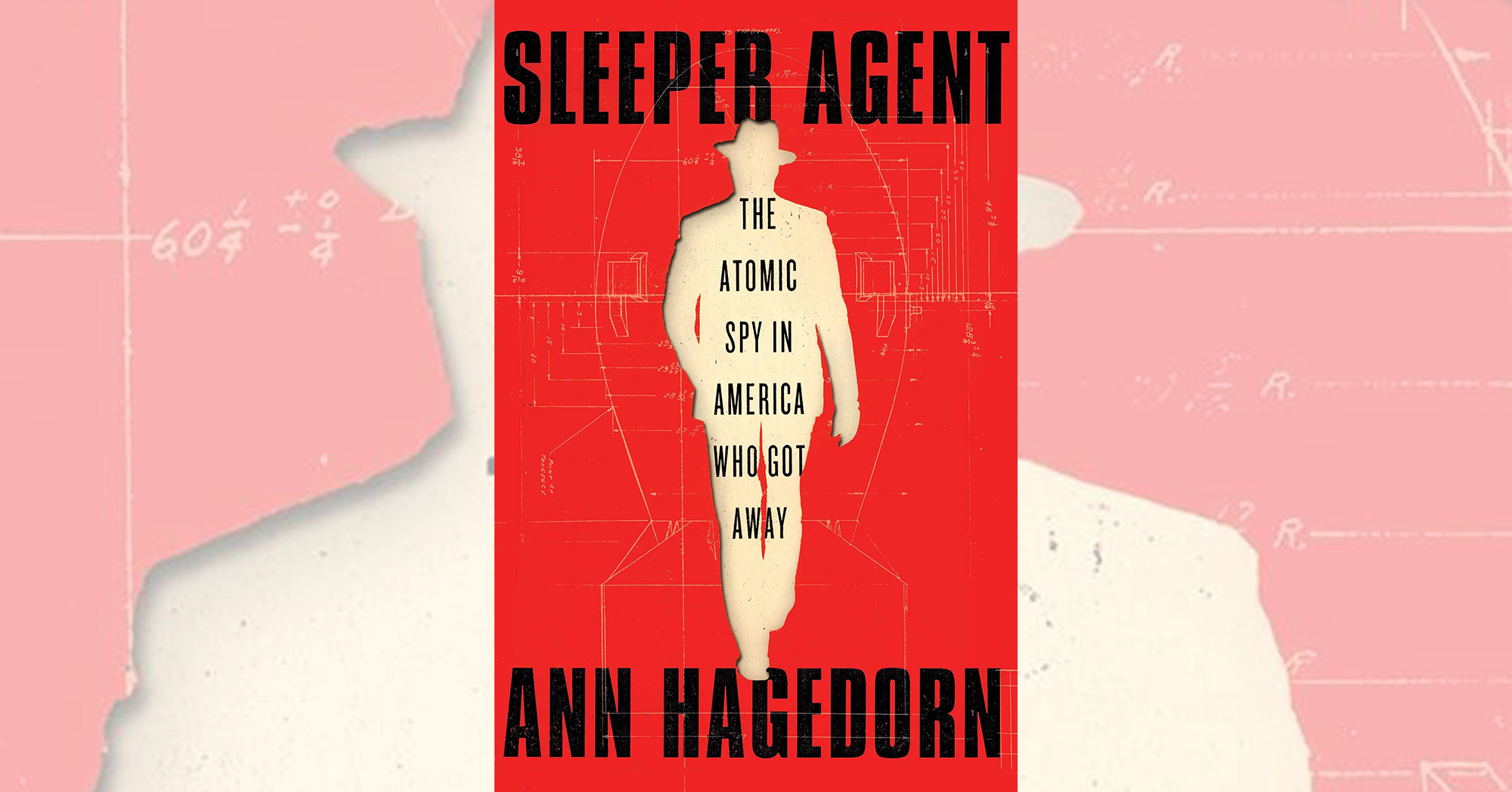Sleeper Agent: The Atomic Spy in America Who Got Away, by Ann Hagedorn, Simon & Schuster, New York, 2021, $28
To be successful and survive, spies must have various qualities, including topical expertise, in-depth knowledge of their enemy, the ability to avoid detection and, often, sheer luck. Most of all, they must have a highly developed sense of self-preservation to determine when and how to flee from enemy territory.
Ann Hagedorn’s Sleeper Agent relates the absorbing story of Russian spy George Abramovich Koval, an ostensibly patriotic American with engineering training and a top-secret clearance. Born in Sioux City, Iowa, to Russian-born Jewish immigrants, Koval was deeply influenced by his parents’ socialist views, as well as anti-communist and anti-Semitic sentiments within American society. In 1932 his parents returned to Russia with son George, who was subsequently recruited by Soviet intelligence. Koval returned stateside in 1940 and for eight years successfully hid the fact he was a Russian agent. During that time he infiltrated the deep security around nuclear development work at Oak Ridge, Tenn., and Dayton, Ohio, connected to the Manhattan Project. Working through contacts, Koval provided intelligence about the project to Soviet scientists, enabling Russia to develop and detonate its own nuclear weapon a mere four years after the Hiroshima and Nagasaki bombings. Hagedorn details how Koval was able to hide in plain sight due to multiple factors, such as his unobtrusive behavior, his shrewd determination of which assignments to accept, his knowledge of American society and fluency in English, and his hardworking nature, not to mention insufficiently deep background security checks.
Sleeper Agent is a detailed study of the motivations and psychological development of a spy. It is also a veiled warning of the great damage a talented espionage agent can wreak and the danger of accepting information at face value without thorough security clearances.
—S.L. Hoffman





